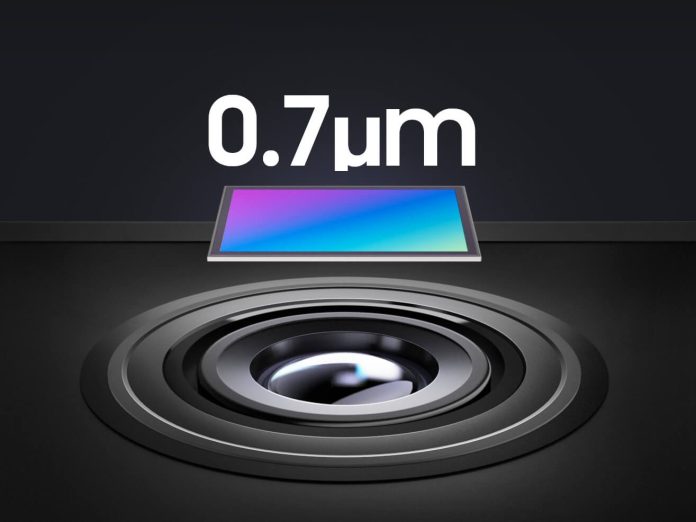Automotive CIS research: three major segmentation scenarios create huge market space
It is known that the biggest application market of image sensor is smartphone field. As the smartphone market becomes saturated, image sensor chip vendors are turning to booming intelligent vehicle market. The development of automotive intelligence has led to a sharp increase in demand for cameras, with the installation volume of passenger car cameras in Chinese market expected to exceed 100 million by 2025. The huge demand also drives the growth of automotive image sensors and gives rise to more market segments.
ICV TANK forecasts that the market for automotive CIS will reach $7.4 billion by 2027.
The requirements of CIS chips for intelligent vehicle are much higher than those of mobile phone CIS. Take OmniVision OX03J10 chip as an example, as an automotive-grade chip it has passed AEC-Q100 Level 2 certification and ASIL B functional safety certification; it also has high dynamic range and LFM (LED Flicker Mitigation) function.
By application scenario, automotive CIS can be subdivided into three categories: CIS for ADAS, CIS for cockpit, and CIS for image (mainly for human eyes, such as surround view & rear view). According to Yole’s forecast, by 2026, CIS for ADAS will reach 100 million pieces, CIS for automotive images (e.g., surround view & rear view) will reach 182 million pieces, and CIS for cockpit will reach 82 million pieces.
The latest CIS for ADAS in general has reached 8 megapixels and the dynamic range is starting to reach 140 dB, as shown in the following figure:

CIS for cockpits generally has a high frame rate (60fps or more), often with a global shutter, and integrated technology allows the driver monitoring and occupant monitoring system to operate effectively with one camera instead of two.
In 2022H2, ST introduced Vx1940, a next-generation hybrid dual-shutter image sensor that builds on VB56G4A, the first-generation cockpit CIS product, to monitor the entire vehicle interior, covering the driver and all occupant spaces. New target applications for this new image sensor include driver monitoring, video calling, occupant seat belt detection, vital signs monitoring, child presence detection, gesture recognition and high-quality video recording and photography, with a single sensor covering all DMS and OMS applications.
The CIS of surround view & rear view (image) category is generally 1-3 MP, with the dynamic range of 120 dB for most and 140 dB for a few. OMNIVISION released the new 1.3 MP image sensor OX01E20 for 360 ° Surround View System (SVS) and Rear View Camera (RVC) at CES 2023.
OMNIVISION says the OX01E20 meets ASIL-B safety standards and will be in mass production by June 2023 with the following key features:
-140dB HDR and LFM simultaneously.
-Good HDR and LFM performance over the entire temperature range of the vehicle.
-Advanced ISP, including DC/PC and OSD.
-Small size solutions with a-CSP technology.
-Low power consumption.
-Based on OMNIVISION’s PureCel Plus architecture, which offers good low light sensitivity.

